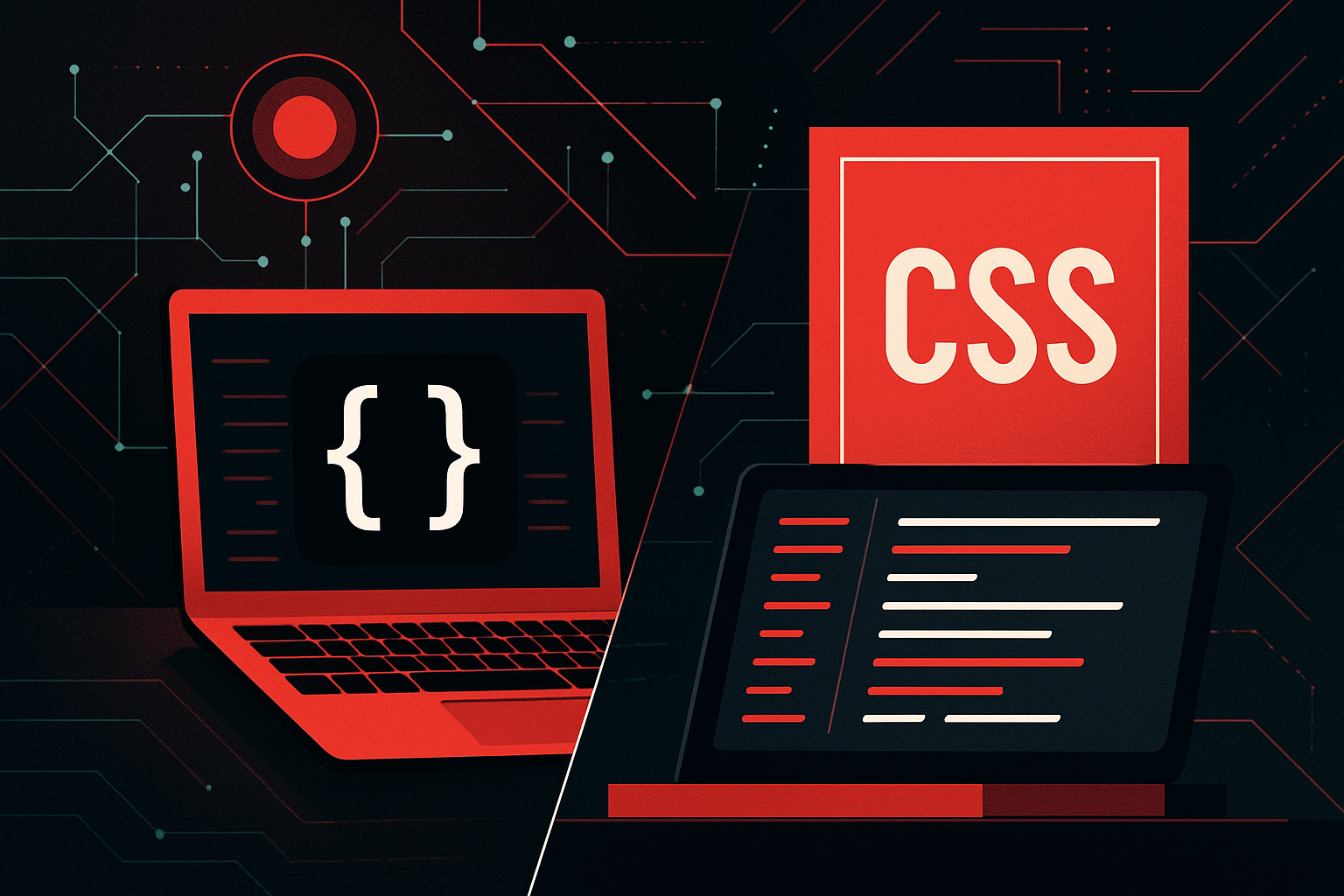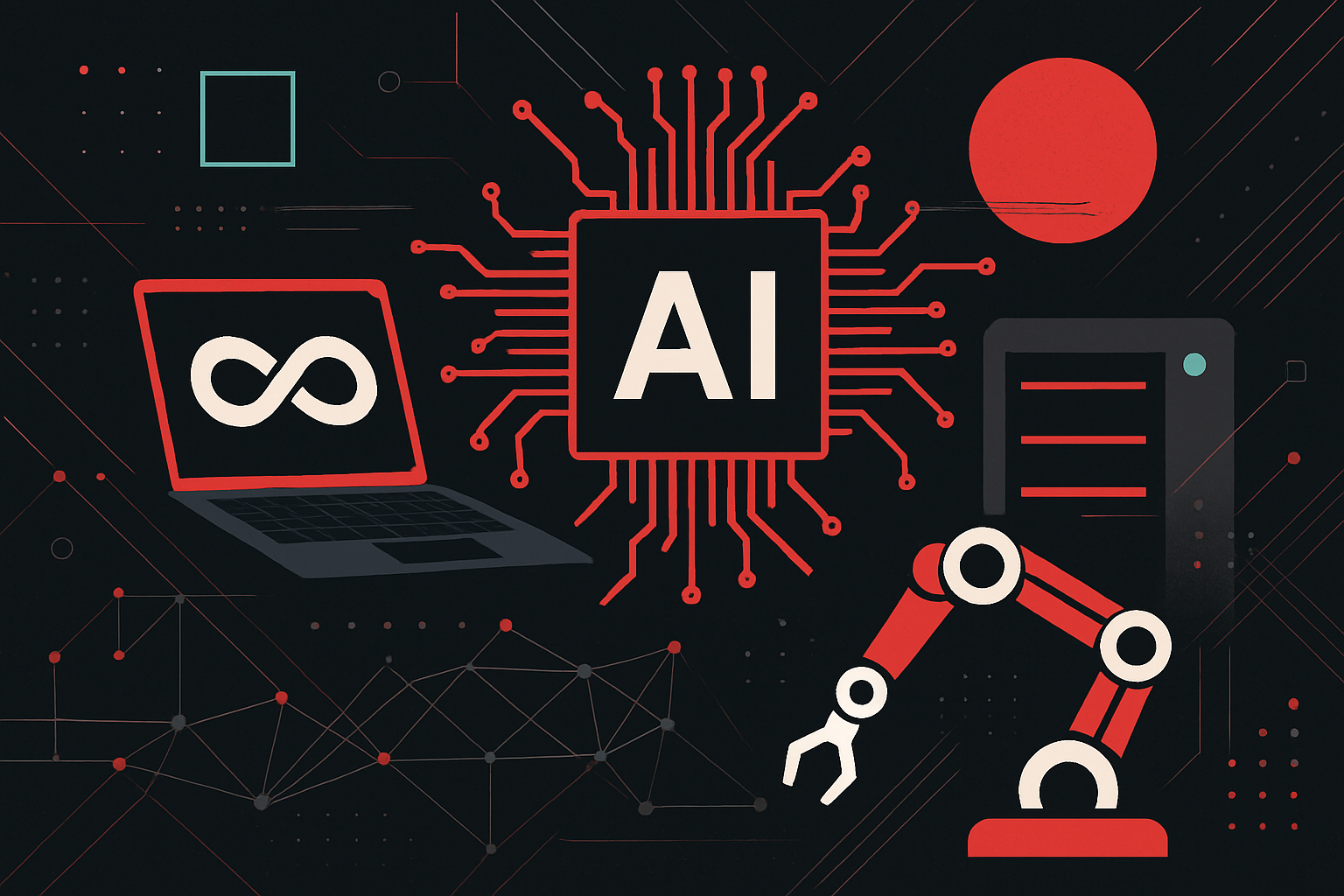The Future of Cloud Computing: Trends and Predictions

Cloud computing has revolutionized the way businesses operate, offering scalable resources, cost efficiency, and enhanced collaboration capabilities. As we look to the future, it’s crucial to understand the trends and predictions that will shape the landscape of cloud computing. This article delves into these trends, providing insights and analysis that can help businesses prepare for the next wave of technological advancement.
Introduction
Cloud computing has experienced exponential growth over the past decade, transforming from a niche solution to a fundamental component of modern IT infrastructure. As organizations continue to migrate to the cloud, the demand for advanced cloud services and solutions is expected to increase. Innovations in artificial intelligence, machine learning, and the Internet of Things are all driving the evolution of cloud computing. This article explores the future trends and predictions in this dynamic field.
Key Trends in Cloud Computing
1. Multi-Cloud Strategy
The adoption of a multi-cloud strategy is becoming increasingly popular among organizations. This approach involves using multiple cloud service providers to avoid vendor lock-in, enhance resilience, and optimize costs. According to a recent survey, over 85% of enterprises have adopted a multi-cloud strategy, and this trend is expected to continue growing.
Benefits of Multi-Cloud Strategy:
- Flexibility: Ability to choose the best services from different providers.
- Risk Management: Reduces dependency on a single vendor.
- Cost Efficiency: Optimizes spending by leveraging competitive pricing.
2. Edge Computing
Edge computing is set to complement cloud computing by processing data closer to the source. This reduces latency, enhances speed, and improves the efficiency of data processing. With the rise of IoT devices, edge computing is becoming a necessity for real-time data processing.
Applications of Edge Computing:
- Autonomous Vehicles: Quick decision-making capabilities.
- Smart Cities: Real-time traffic and environmental monitoring.
- Healthcare: Remote patient monitoring and diagnostics.
3. Enhanced Security and Compliance
As data breaches become more sophisticated, cloud providers are investing in robust security measures. The future of cloud computing will see an emphasis on security and compliance, with advanced encryption, AI-based threat detection, and zero-trust models becoming standard offerings.
4. AI and Machine Learning Integration
AI and machine learning are reshaping cloud services, offering predictive analytics, automation, and advanced data insights. Cloud providers are integrating AI capabilities into their platforms, allowing businesses to leverage these technologies without extensive infrastructure investments.
Examples of AI in Cloud Computing:
- Automated Customer Service: AI chatbots and virtual assistants.
- Predictive Maintenance: Analyzing data to predict equipment failures.
- Data Analytics: Advanced insights through machine learning algorithms.
5. Sustainability and Green Cloud
Environmental sustainability is a growing concern, and cloud providers are taking steps to reduce their carbon footprint. Green cloud initiatives, such as energy-efficient data centers and carbon offset programs, are becoming key differentiators for cloud service providers.
Predictions for the Future
1. Serverless Computing
Serverless computing, also known as Function as a Service (FaaS), is gaining traction due to its simplicity and cost-effectiveness. This model allows developers to focus on writing code without managing the underlying infrastructure. As the technology matures, serverless computing is expected to become a mainstream solution for application development.
2. Quantum Computing
Quantum computing holds the potential to revolutionize cloud services by solving complex problems beyond the capabilities of classical computers. Although still in the experimental stage, cloud providers are investing in quantum research, with the expectation that it will become a viable service offering in the future.
3. 5G and Cloud
The rollout of 5G networks will enhance the capabilities of cloud computing by providing faster and more reliable connectivity. This will enable new applications, such as augmented reality and enhanced mobile cloud services, further driving the adoption of cloud technologies.
4. Industry-Specific Cloud Solutions
As cloud computing matures, we can expect to see more industry-specific solutions tailored to meet the unique needs of sectors such as healthcare, finance, and manufacturing. These solutions will offer specialized tools and compliance features required for each industry.
Conclusion
The future of cloud computing is filled with exciting possibilities and transformative changes. By embracing trends such as multi-cloud strategies, edge computing, and AI integration, businesses can stay ahead of the competition and harness the full potential of cloud technologies. As we move forward, staying informed about these developments will be crucial for leveraging the benefits of cloud computing in an ever-evolving digital landscape.
Table: Comparison of Cloud Service Models
| Feature | IaaS (Infrastructure as a Service) | PaaS (Platform as a Service) | SaaS (Software as a Service) |
|---|---|---|---|
| Control | High | Medium | Low |
| Scalability | High | High | High |
| Cost Efficiency | Variable | Good | Excellent |
| Use Case | Customizable, Flexible | Development, Deployment | Full Application |
Sample Code: Deploying a Serverless Function
Here is a simple example of deploying a serverless function using AWS Lambda:
import json
def lambda_handler(event, context):
# Parse the incoming event
name = event.get('name', 'World')
# Generate a response
response = {
'statusCode': 200,
'body': json.dumps(f'Hello, {name}!')
}
return response
This function can be triggered by various AWS services and scales automatically, showcasing the power and efficiency of serverless computing.
By understanding and adapting to these trends and predictions, businesses can ensure they are well-prepared for the future of cloud computing. As technology continues to evolve, staying proactive and informed will be key to leveraging the full potential of cloud solutions.





0 thoughts on “The Future of Cloud Computing: Trends and Predictions”